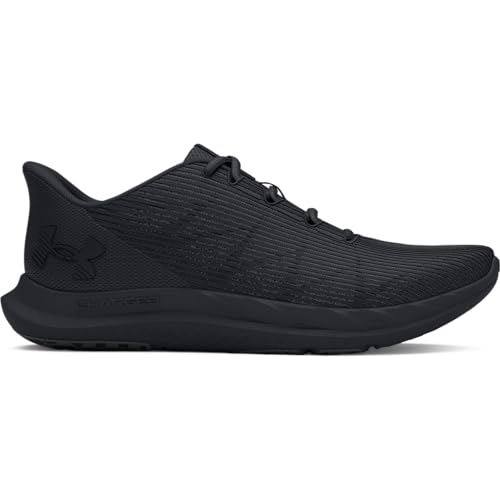Running Shoes with a Thicker Midsole: Are They Better for Shock Absorption?
When it comes to choosing the right pair of running shoes, shock absorption is a critical factor to consider. Many runners believe that shoes with thicker midsoles provide better shock absorption, but is this really the case? In this article, we will examine the science behind shock absorption and whether running shoes with a thicker midsole truly provide better protection for your feet.
The Science Behind Shock Absorption
Shock absorption refers to the ability of a running shoe to absorb the impact forces generated when your feet make contact with the ground. When you run, the force exerted on your feet can be several times your body weight, especially when running downhill or on hard surfaces. The right amount of shock absorption in your shoes can help reduce the stress on your joints, muscles, and bones, minimizing the risk of injury.
The Role of Midsole Thickness
The midsole of a running shoe is the layer between the outsole and the upper, and it plays a crucial role in shock absorption. Traditionally, midsoles were made of dense materials like EVA foam, which provided good cushioning but limited shock absorption. To improve shock absorption, shoe manufacturers began using new technologies and materials.
One commonly used material is ethylene-vinyl acetate (EVA), which is lightweight, flexible, and has excellent shock-absorbing properties. The thickness of the midsole can vary depending on the shoe model and brand, with some shoes having thicker midsoles than others.
Do Thicker Midsoles Provide Better Shock Absorption?
The belief that running shoes with thicker midsoles offer better shock absorption stems from the idea that a thicker layer of cushioning can absorb more impact forces. However, scientific studies have found limited evidence to support this claim.
A study published in the Journal of Applied Biomechanics compared the shock absorption properties of different shoe models with various midsole thicknesses. The researchers found that midsole thickness alone did not significantly impact shock absorption. Instead, they observed that the overall shoe design, including the density and material of the midsole, played a more significant role in shock absorption.
Other Factors Impacting Shock Absorption
While midsole thickness may not be the sole determinant of shock absorption, other factors can affect how well a shoe absorbs impact forces.
1. Midsole Material: Different materials have varying degrees of shock absorption capabilities. Some shoes use gel or air-filled pockets within the midsole to enhance shock absorption.
2. Shoe Construction: The overall design and construction of the shoe, including the heel counter, outsole, and upper, can influence shock absorption. Shoes with a well-cushioned heel and a supportive upper tend to offer better shock absorption.
3. Running Surface: The type of surface you run on can also affect shock absorption. Softer surfaces like grass or dirt provide more natural shock absorption compared to concrete or pavement.
4. Running Technique: Your running technique and biomechanics play a crucial role in how your body absorbs shock. Proper running form and efficient stride mechanics can help reduce the stress on your joints and improve shock absorption.
In conclusion, while it is commonly believed that running shoes with thicker midsoles provide better shock absorption, scientific evidence suggests that midsole thickness alone is not the sole determining factor. Instead, factors such as midsole material, shoe construction, running surface, and running technique play a significant role in how well a shoe absorbs impact forces.
Choosing the right running shoe should involve considering all these factors and finding a shoe that offers the right balance of cushioning, support, and shock absorption for your individual needs. It is advisable to consult with a running specialist or podiatrist who can evaluate your gait and running style to help you make an informed decision.






